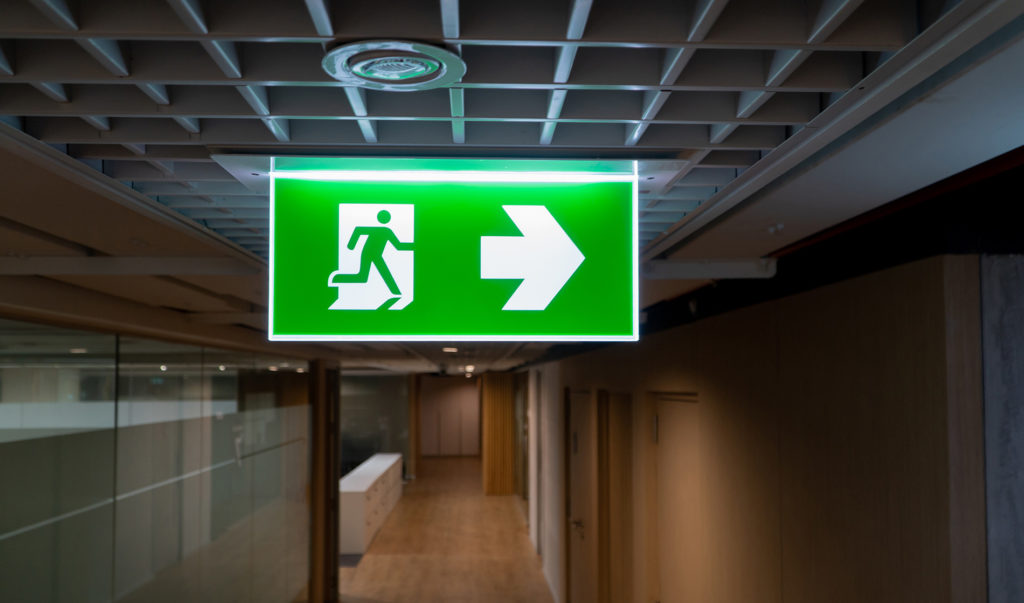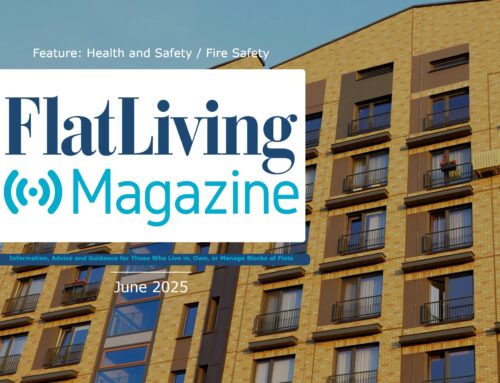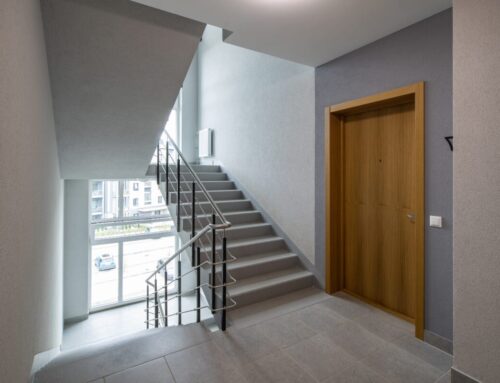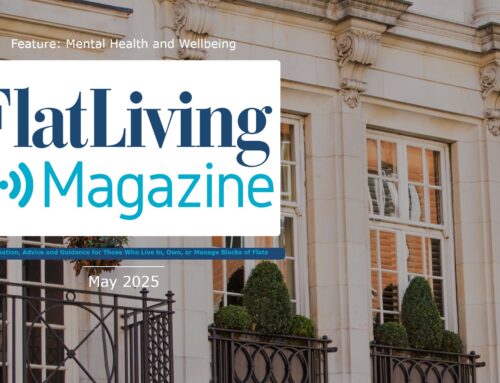 Belinda Thorpe, Managing Director of Residentsline details the type of safety signs your block of flats may need.
Belinda Thorpe, Managing Director of Residentsline details the type of safety signs your block of flats may need.
With Health and Safety playing a huge part in the responsibilities taken on when managing a property, RMC Directors should be very familiar with the necessary signage for their bock.
Safety signs are a vital component in ensuring the health, safety and general welfare of employees, residents and visitors to your building. They can be used to alert people to hazards as well as to demonstrate safe working procedures.
What is the Law?
HSE provides a handy guide to help those responsible for buildings to meet the requirements of The Health and Safety (Safety Signs and Signals) Regulations 1996.
Put simply, the regulations require safety signs to be put in place and maintained in circumstances where there is a significant risk to health and safety that has not been removed or controlled by other methods and where the introduction of a sign can reduce the risk.
Signs should not be used in place of other more substantial methods of controlling risk factors (e.g. safe ways of working or engineering controls). They are not a suitable substitute but are more of an additional layer of risk-reduction where other methods have not resolved the risk entirely.
What Safety Signs Are There?
All safety signs are standardised and colour coded- you’ll probably find you’re more familiar with them than you think!
- Green Signs can either tell people the location of certain safety equipment (such as first aid equipment) or where fire exits are located
- Red Signs are used solely to show the location of fire extinguishers and other fire safety equipment
- Blue Circles provide instructions- a prime example in blocks of flats would be a fire action notice
- Red Circles with a diagonal line through the centre show that whatever is demonstrated by the image is prohibited e.g. no smoking signs
- Yellow Triangles are used to make people aware of something that is dangerous- asbestos for example
Why Do We Use Visual Signs Rather Than Notices?
Visual signs with recognisable icons are used so that messages can be quickly relayed and understood without worrying about language barriers. They are clear, concise and remove the need for large amounts of text which may be difficult to read or comprehend in an emergency.
How Do I Know Which Signs to Put Where?
If you have professional risk assessments carried out for your block (which is highly recommended rather than doing them yourself), then your risk reports will advise of any signage required. Generally, if there’s no significant risk identified then a sign is not required.
However, don’t be caught out when it comes to Fire Safety signs which fall under different legislation. For example, you may assume that Fire Exit signage is a requirement but for many blocks this is not the case; in blocks where there is one entrance which is also the exit, Fire Exit signs are not considered a necessity.
Fire exit signage is required in other instances such as:
- Where there is more than one potential exit
- Where there is a second exit by an external stairway
- Where the exit route passes over a flat roof
- Or, where there is any potential for confusion/an exit is not a familiar route
Fire Door signage is a whole other kettle of fish too with specific signage needed for doors to storerooms, electrical equipment compartments or ancillary rooms (which should normally read “Fire Door Keep Locked Shut”) and “Fire Door Keep Shut” signs should be shown on each side of fire-resistant doors if they form part of an escape route.
It’s vital to know the law or to hire the services of a professional who knows it like the back of their hand.
Where Can I Source My Signs?
Safety signs are widely available at low cost from hardware shops and online-only retailers. A quick Google will direct you to your local stockists.
Head to the Residentsline website for information on all of our products and services or, if you’d prefer to speak to a member of our fantastic, specialist team, give us a call on 0800 281 235.




Leave A Comment